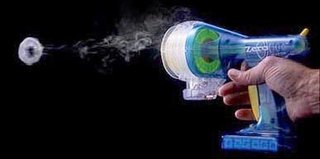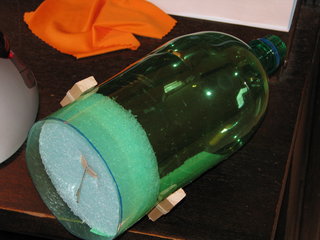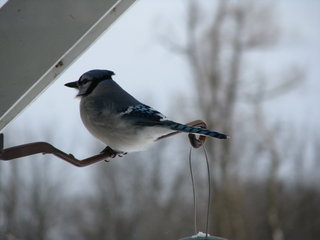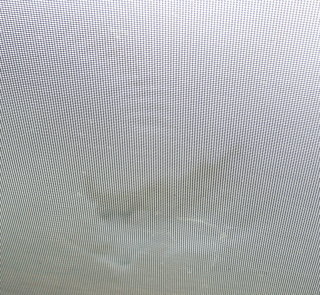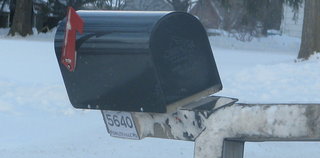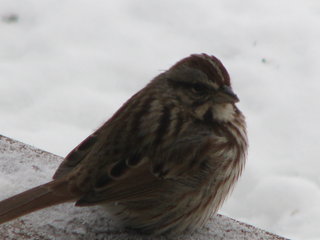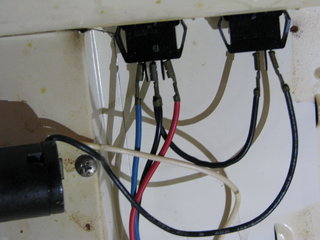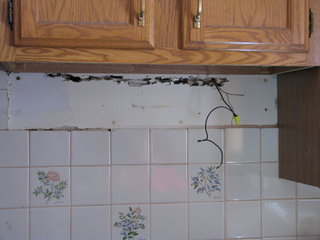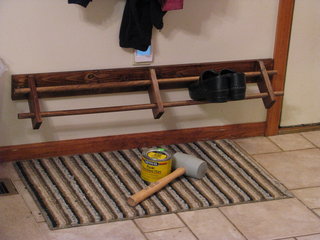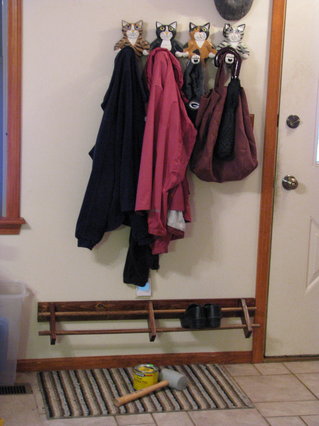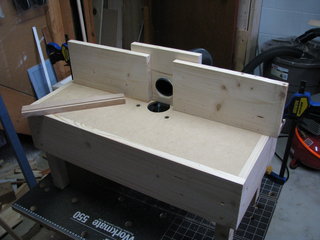
I need to profile (cut the edges) of some skinny boards. I decided against balancing the router on top of said boards, cutting them freehand. I like my fingers, and am confident I would shred them in such an attempt.
So I built this. The legs are 2x2. The carcass and fence are 1x8. The surface is 1/4" MDF resting on 3/4" MDF. The entire surface, save for a 6" hole for the router, is supported. Best way I could think of to prevent sagging. There is no joinery in this. The frame pieces are simply glued-and-screwed to the legs. The surface rests on interior shelf glued-and-pinned (5/4" brads) to the frame pieces. The fence is glued-and-pinned. Again, nothing even close to fancy.
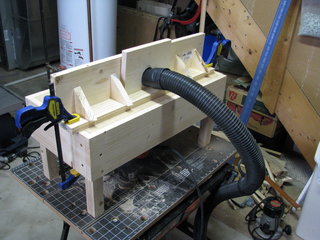
So I built this. The legs are 2x2. The carcass and fence are 1x8. The surface is 1/4" MDF resting on 3/4" MDF. The entire surface, save for a 6" hole for the router, is supported. Best way I could think of to prevent sagging. There is no joinery in this. The frame pieces are simply glued-and-screwed to the legs. The surface rests on interior shelf glued-and-pinned (5/4" brads) to the frame pieces. The fence is glued-and-pinned. Again, nothing even close to fancy.

The fence has 2" hole, bored at an angle, to hold the 2" vacuum hose from my shop-vac/dust-collector. I worry about breathing dust and, with the furnace & water heater in the same room, I'm mildly concerned by the possibility of a dust explosion. As you can seen in this image, the fence isn't attached to the table. I just clamp it on, wherever I need it to be.
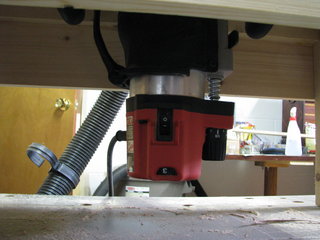
This is rough-and-ready work. There are a few things about it that I'll change in the next version. Chief among those, is that the bench isn't tall enough. I made sure there was sufficient clearance to mount the router, but I failed to allow the space needed to remove it. I must set it on it's side to change bits. Not a big deal, really.

